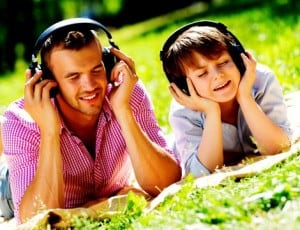
The researchers used electroencephalography, a method for recording brainwave patterns, to compare the musical processing abilities of people without epilepsy and 21 people with epilepsy. The participants listened to 10 minutes of silence, a song, 10 minutes of silence, a different song, and finally 10 more minutes of silence while the researchers recorded their brain activity. The songs were Mozart’s Sonata for Two Pianos in D major, adante movement and John Coltrane’s rendition of “My Favorite Things.” The order of the songs was randomized.
The participants exhibited higher levels of brainwave activity when listening to music. The participants with epilepsy had a unique type of brain activity: their brain waves tended to synchronize with the music, especially in the temporal lobe. The brain’s level of synchronicity was much more significant in the participants with epilepsy than in those without epilepsy.
It is possible that music could be as used as an intervention for people with epilepsy. Although music will probably not replace current therapies, it could be used in conjunction with traditional epilepsy treatments.
This research was presented at the American Psychological Association’s 123rd Annual Convention.
Previous news in music:



 © 2025 Unyte Health US Inc.
© 2025 Unyte Health US Inc.